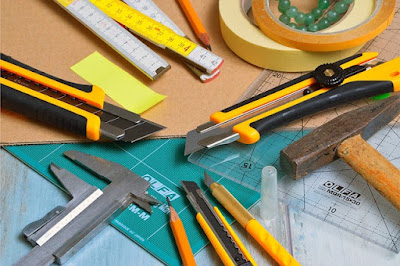Woodworking Step-by-Step Guide + Free Project Plans
Why Woodworking Is the Ultimate DIY Hobby
(Even If You’ve Never Touched a Saw)
Woodworking is more than just cutting wood—it’s a deeply rewarding skill that empowers you to create real, useful things with your own hands. Whether you dream of building a simple shelf or crafting a beautiful piece of furniture, getting started doesn’t have to be complicated.
In fact, starting small and smart is the key to success. With the right guidance, tools, and project plans, anyone can succeed—even if you’ve never picked up a saw before.This post contains affiliate links. We may earn a small commission at no extra cost to you.
Step 1: Choose a Beginner-Friendly Project (That You’ll Actually Finish)
One of the biggest reasons new woodworkers give up is starting with a project that’s too ambitious.
Instead, pick a simple woodworking project for beginners that fits your tools, skills, and available time. Some great starter ideas include:
-
DIY spice rack
-
Basic toolbox
-
Simple birdhouse
-
Wall-mounted shelf
-
Wooden phone stand
Choose a project you’ll use every day. It’ll keep you motivated to see it through to completion.
Step 2: Get Clear, Printable Woodworking Plans
Don’t guess measurements or “wing it.” Instead, start with printable, step-by-step woodworking plans that include:
-
Tool and material lists
-
Exact cut dimensions
-
Step-by-step visual instructions
-
Beginner-friendly joinery techniques
These plans remove the guesswork, reduce waste, and dramatically increase your chances of success.
Access woodworking plans with detailed instructions—perfect for beginners and hobbyists.
Download Your Plans Here »
Step 3: Gather Just the Tools You Need (No Overspending)
You don’t need a full workshop to start woodworking. Many beginner projects only require a handful of basic tools:
-
Tape measure
-
Hammer
-
Handsaw or jigsaw
-
Drill with bits
-
Clamps
-
Sandpaper
Stick to these essentials for now. As your skills grow, you can gradually build your tool collection.
Step 4: Pick the Right Wood for Your Project
Not all wood is created equal. For beginners, stick to easy-to-work softwoods like:
-
Pine – easy to cut and widely available
-
Cedar – lightweight and smells great
-
Poplar – smooth and great for painted projects
Avoid hardwoods until you’re confident with cutting and joinery.
Step 5: Take It One Step at a Time
Break your project into small, manageable steps:
-
Measure and mark
-
Cut and sand
-
Assemble and clamp
-
Finish and enjoy
Don’t rush—focus on learning and building your skills, not just the final product.
Step 6: Celebrate Your First Build (Then Keep Going)
Completing your first woodworking project is a huge win—no matter how simple. Once you’ve built something, you’ll want to build more.
Keep the momentum going with a library of ready-to-use woodworking plans to guide your next projects.
Final Thoughts
Starting woodworking doesn’t require expensive tools or advanced skills. All you need is:
-
A simple project idea
-
Clear, printable woodworking plans
-
A few basic tools
-
A willingness to learn
Ready to Start Your First Woodworking Project?
Download your beginner-friendly woodworking plans now »







.jpeg)

.jpeg)
